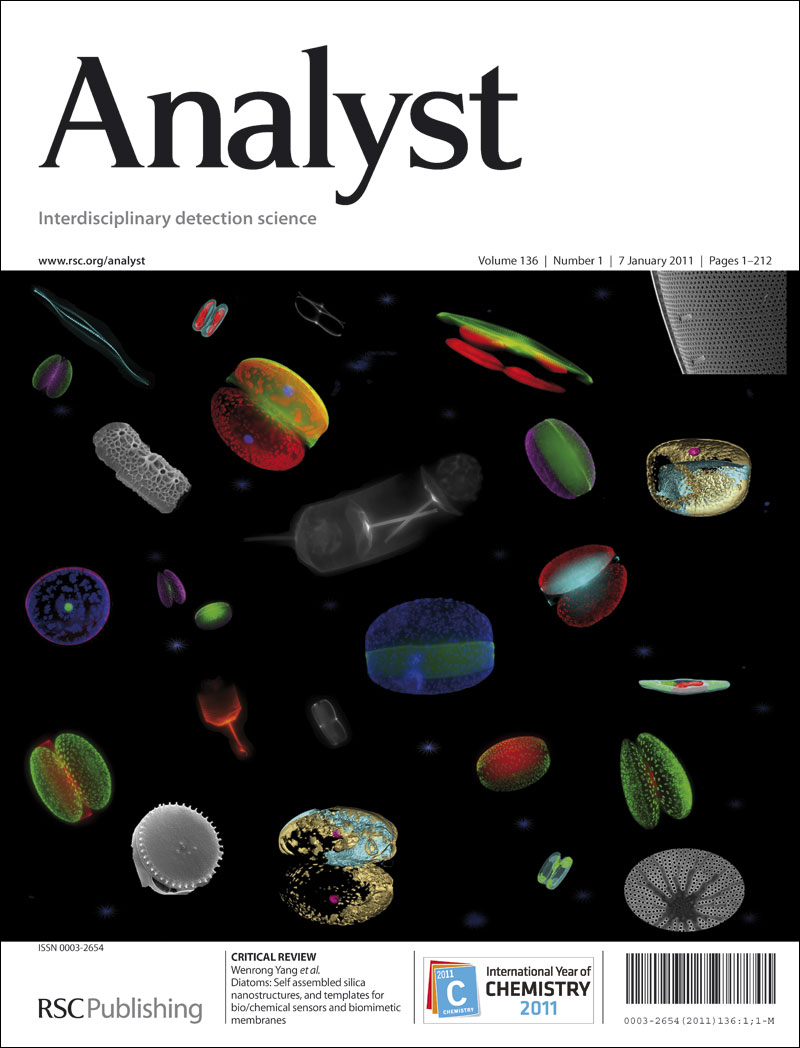Recent advances in electrochemical detection of reactive oxygen species: a review
IF 3.6
3区 化学
Q2 CHEMISTRY, ANALYTICAL
引用次数: 0
Abstract
Reactive oxygen species (ROS) are mainly generated as a result of cellular metabolism in plants and animals, playing a crucial role in cellular signaling mechanisms. The excessive generation of ROS leads to oxidative stress, which is associated with numerous diseases such as cancer, diabetes, and neurodegenerative disorders. Superoxide (O2˙−), hydrogen peroxide (H2O2), and hydroxyl radicals (˙OH) are the most common ROS involved in a wide range of human diseases. Therefore, sensitive and selective detection of these ROS is of paramount importance for understanding their roles in biological systems and for disease diagnosis. Among the various detection methods, electrochemical techniques have gained significant attention due to their high sensitivity, selectivity, and real-time monitoring capabilities. Electrochemical methods incorporate both organic and inorganic molecules to detect and monitor ROS, facilitating a deeper understanding of how their levels influence diseases linked to oxidative stress. This review aims to provide a critical discussion on the recent advances in electrochemical methods for detecting O2˙−, H2O2, and ˙OH. The review also highlights the application of these electrochemical techniques in detecting ROS in living cells and discusses the challenges and future perspectives in this field.

求助全文
约1分钟内获得全文
求助全文
来源期刊

Analyst
化学-分析化学
CiteScore
7.80
自引率
4.80%
发文量
636
审稿时长
1.9 months
期刊介绍:
"Analyst" journal is the home of premier fundamental discoveries, inventions and applications in the analytical and bioanalytical sciences.
 求助内容:
求助内容: 应助结果提醒方式:
应助结果提醒方式:


